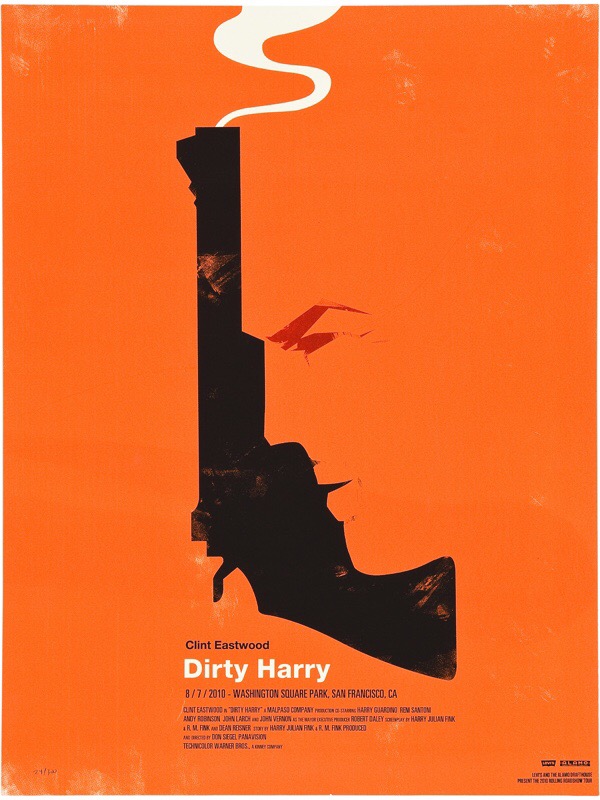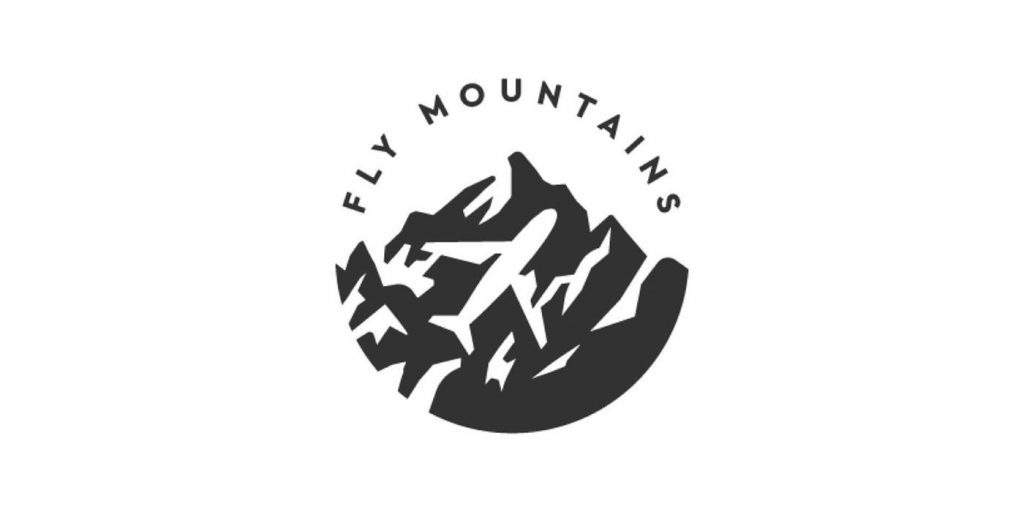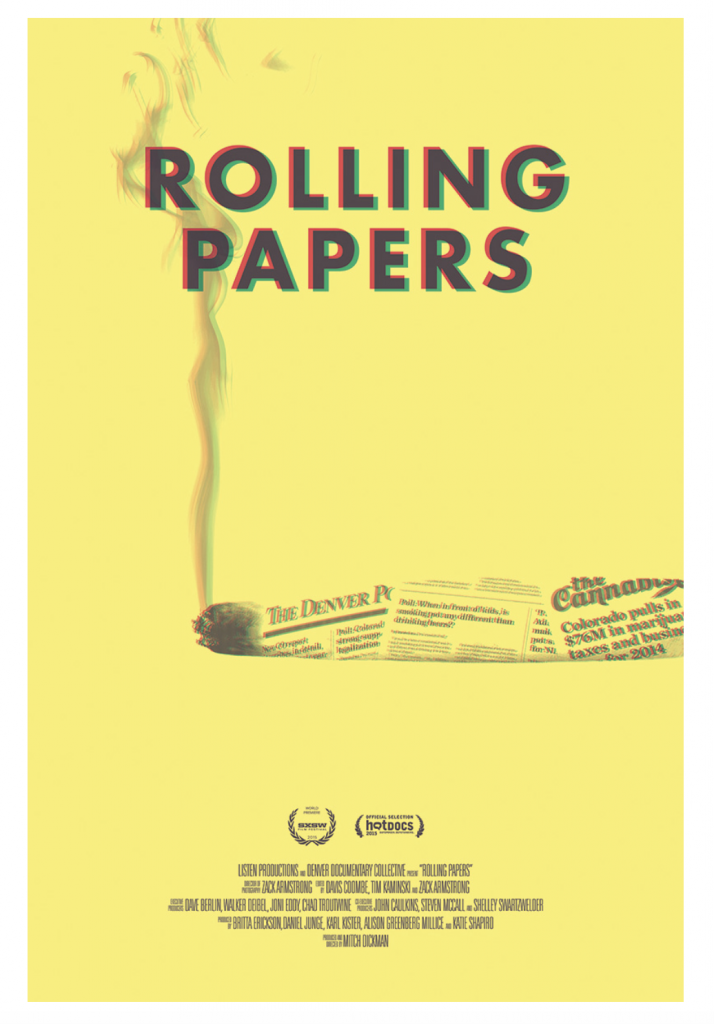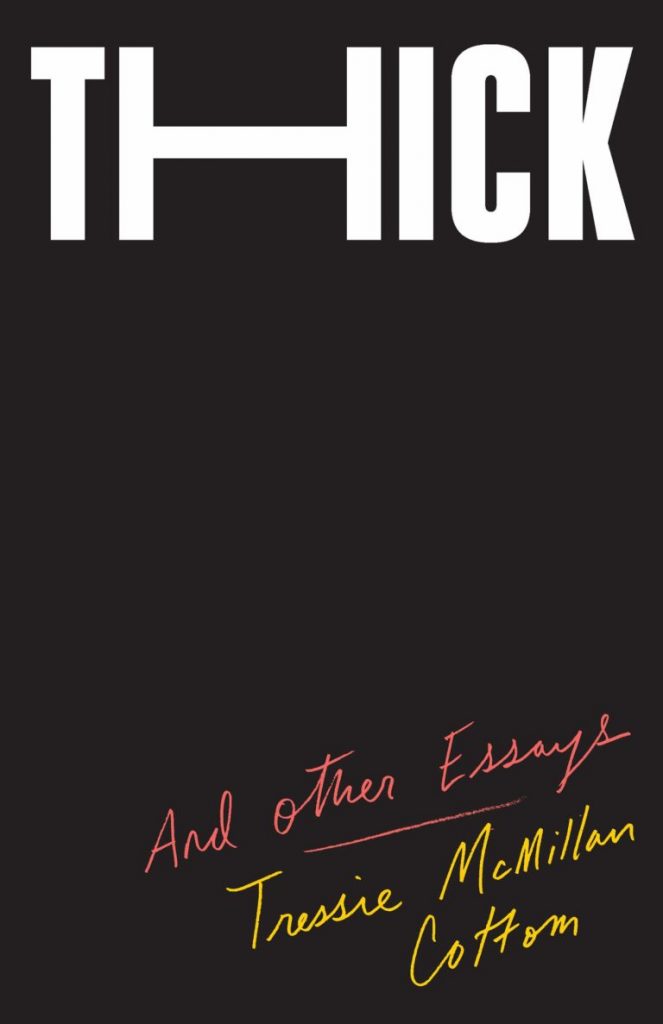
I planned the layout of the spread to have the characteristics of an old map. I wanted it to be a map about myself and where I come from. The tone of my spread reflects my personality of being playful and the rustic colours to portray myself as an “old soul”. It is antiqued but playful. I achieved the rustic brown colours by dabbing old tea bags all over the spread and then baking it in the oven. I planned for the title of the map to be my name and the legend to explain a little bit more about myself.
It feels obvious to me, but it probably isn’t to others, but the theme of the map is based on old miner maps from my area. My family has collected tons of them. Mining in this area was an important part of New Denver’s history and how it came to be, it was predicted to be the next Denver, Colorado (that obviously didn’t happen) and to date, the tiny little town tucked away in the mountains is slowly becoming more of a ghost town day by day. I think it is an important piece of its history to share.
The map its self is an important part of the spread due to the visual representation of where my home is and where the old mining town is. I also added myself in a drawing pointing down at New Denver trying to showcase where I literally was on the map.
7.5/10
I think that I could have taken more time on the title. I made a couple of spelling mistakes that do come off as messy. I think that writing was my biggest challenge with this assignment.




